Optimal breastfeeding is one of the most powerful solutions we have to save the lives of infants and children.
Breastfeeding is the first food system, delivering an ideal and personalized mix of nutrients to infants, while also reducing mothers’ risks of certain types of cancers and other chronic diseases. Breastfeeding also goes well beyond just nourishment, and provides comfort and reassurance between baby and mother, resulting in improved cognitive and physical development.
But despite broad agreement about its benefits, less than half of newborns worldwide initiate breastfeeding within an hour of birth and only 44% of infants under 6 months of age are exclusively breastfed.
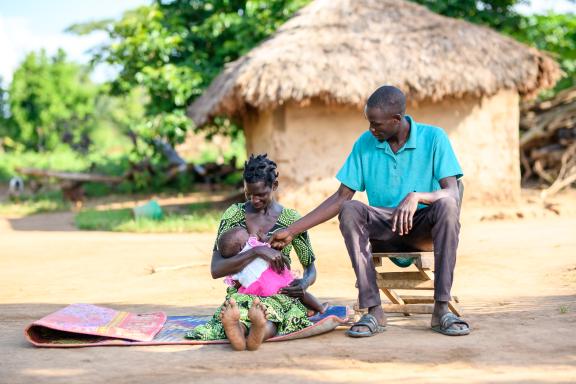
USAID Protecting and Promoting Breastfeeding Around the World
For more than 40 years, USAID has promoted breastfeeding to save lives, prevent malnutrition, and enhance the long-term health and development of women and children. USAID’s breastfeeding interventions educate and support mothers and families on the benefits of breastfeeding by addressing the key barriers to optimal breastfeeding practices and creating an enabling environment to encourage breastfeeding.
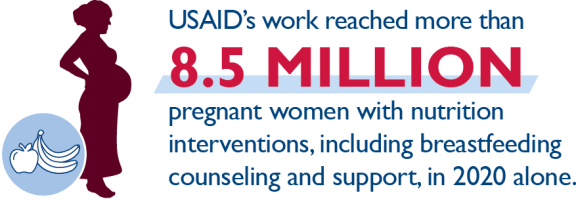
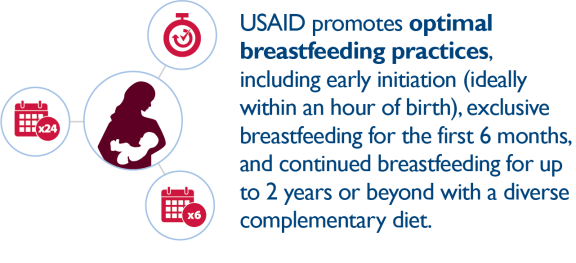
Since 1990, USAID’s efforts have contributed to the average prevalence of exclusive breastfeeding doubling across USAID’s nutrition priority countries. USAID is a proud member of the Global Breastfeeding Collective and a champion of the Ten Steps to Successful Breastfeeding through the Baby Friendly Hospital Initiative (BFHI) to create an enabling environment for breastfeeding.
USAID supports countries to strengthen their health workers’ capacity to provide skilled counseling and support for breastfeeding.
Understanding the importance of social norms to foster an enabling environment for breastfeeding, USAID supports the establishment of peer and mother-to-mother and father-to-father support groups.
To ensure data-driven solutions, USAID also supports efforts to monitor progress through Demographic and Health Surveys and improved health information systems.
USAID Breastfeeding: Providing a Healthy Start for a Healthy Future
By promoting breastfeeding in programs and policies, USAID is helping families chart productive and prosperous lives for their children and supporting communities to thrive. (1 minute, 17 seconds)
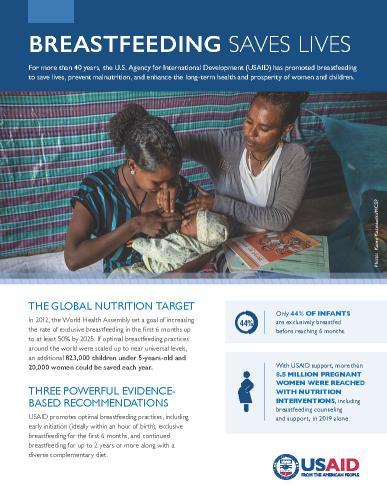
USAID Breastfeeding Fact Sheet
Providing a Healthy Start for a Healthy Future
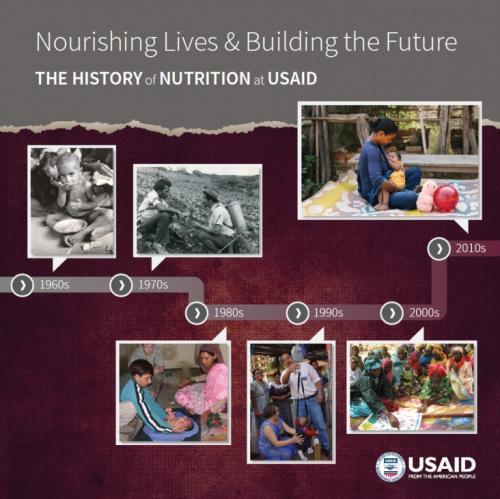
Nourishing Lives & Building the Future
The History of Nutrition at USAID
USAID Advancing Nutrition, with the support of USAID, is protecting and promoting breastfeeding around the world.
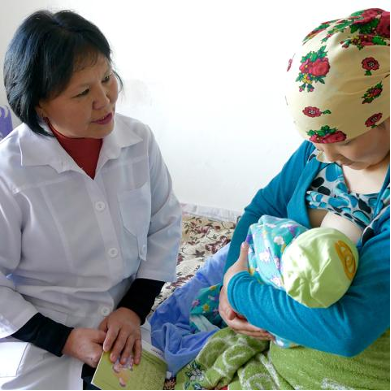
Building political will and accountability for the Baby-Friendly Hospital Initiative (BFHI)
USAID Advancing Nutrition is documenting and sharing country experiences in expanding the coverage and sustainability of the Baby Friendly Hospital Initiative. The case study manuscripts, which will be published in 2022, document country experiences in institutionalizing BFHI, including lessons learned and barriers and challenges in policy and program support.
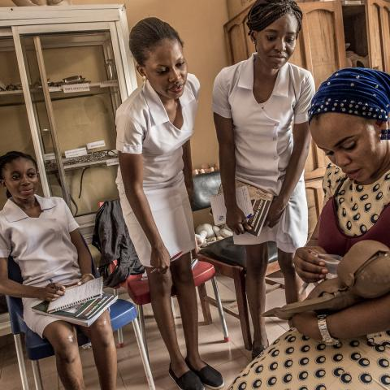
Strengthening breastfeeding counseling through mentorship in Kenya
USAID Advancing Nutrition is developing and testing a model mentorship program to improve the quality of breastfeeding counseling provided by health workers in Kenya. The program is designed to reinforce, strengthen and sustain competencies that providers learn through the 2020 Baby-friendly Hospital Initiative (BFHI) Training Course for Maternity Staff, which is being adapted for Kenya.
Breastfeeding benefits both infants and mothers.
Exclusive breastfeeding is one of the best ways to provide infants with the perfect blend of essential nutrients and other protective factors during the first 1,000 days. Breast milk provides ideal nutrition for infants, supports optimal cognitive and physical development, and reduces risk of disease. Breastfeeding also minimizes nutrition-related harm to cognitive development in early childhood.
For nursing women, breastfeeding improves birth spacing and reduces the risk of certain types of cancers and chronic diseases like type-2 diabetes and heart disease. Breastfeeding also reduces the risk of postpartum hemorrhage and depression.
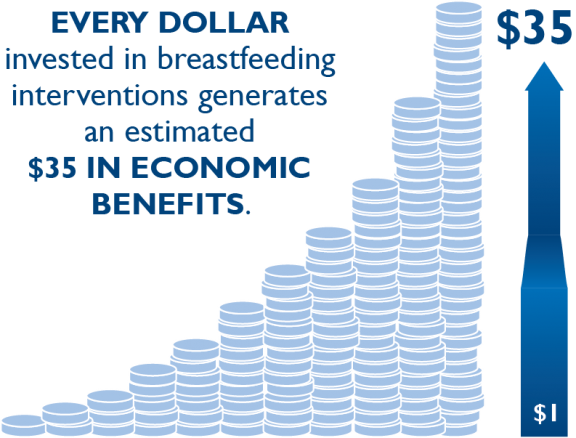
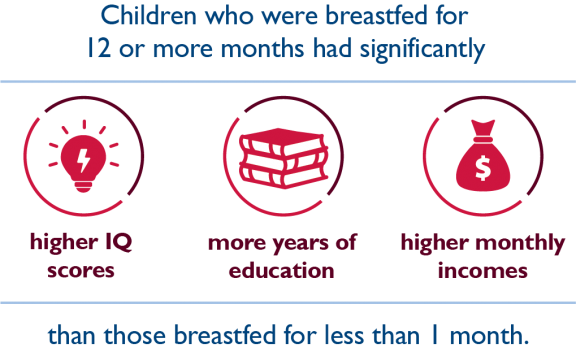
There are also economic impacts.
Breastfeeding is one of the most cost-effective nutrition and child survival interventions.
The health benefits of breastfeeding can lower healthcare costs for families—the treatment of childhood diarrhea, pneumonia, and women’s type II diabetes that could be prevented with breastfeeding is estimated to be $1.1 billion annually.
Conversely, low breastfeeding rates worldwide are estimated to result in annual economic losses totaling $302 billion. That’s 0.49% of the global gross national income! This loss means societies are unable to expand to their maximum economic ability, foster a robust job market, and invest in key economic-growth sectors such as education, health, and infrastructure.
A summary of the Alive & Thrive Cost of Not Breastfeeding Tool (2 minutes, 20 seconds)
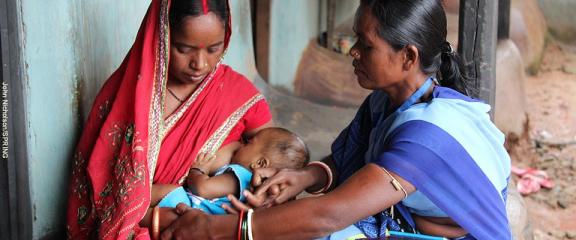
But breastfeeding is not just mom’s job.
Improving breastfeeding is not just about supporting the woman and child—it requires encouragement and support from skilled counselors, family members, health care providers, employers, policymakers, and others.
But breastfeeding is not just mom’s job.
Improving breastfeeding is not just about supporting the woman and child—it requires encouragement and support from skilled counselors, family members, health care providers, employers, policymakers, and others.
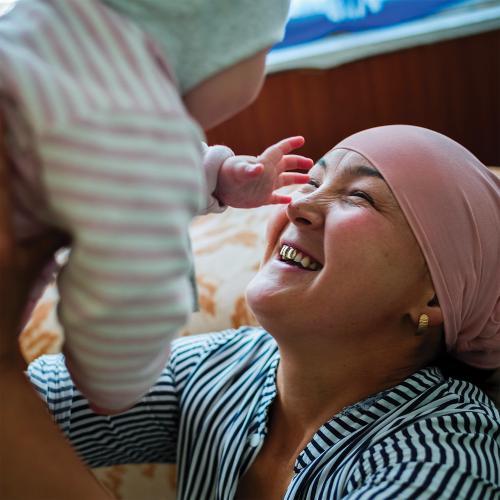
Mom Knows Best
Since 2019, USAID has partnered with the Kyrgyz Republic at the national and local levels to improve nutrition for women and children. Zhannat’s story is just one among thousands of caretakers who are now equipped with knowledge and information allowing them to make better food and nutrition choices for the children in their care.
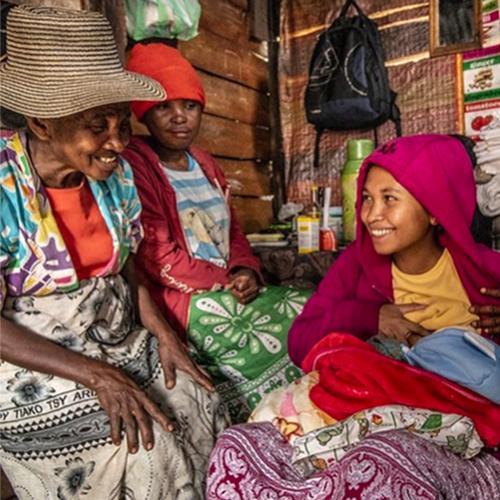
A Collective Responsibility
Breastfeeding has always been more than a one person job. Yet in many places around the world, mothers shoulder this responsibility alone or with very little support.
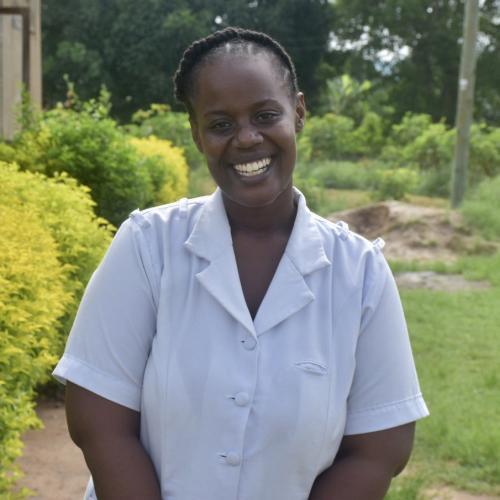
Mama Breastfeeding: How a Nurse in Tanzania Promotes Breastfeeding in Her Community
To strangers, Isabella goes by Isabella Hwinzela Bigendako or Nurse Isabella. But to family, friends, and colleagues, she answers to a different name: ‘Mama Breastfeeding.’ She earned the nickname after dedicating her life to educating others on the importance of exclusive breastfeeding for infants and young children.
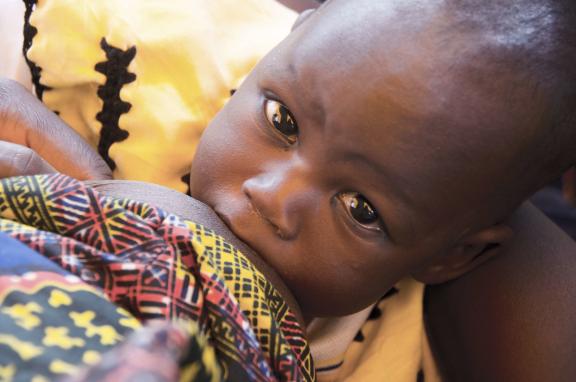
Breastfeeding During an Emergency
The life-saving protection of breastfeeding during an emergency setting provides a safe, nutritious, and accessible food source for infants and young children and a protective shield against death and disease. Displaced populations are often unable to access safe water and sanitation facilities, making breastfeeding an effective way to prevent diarrhea.
During emergencies, USAID supports families to resume and continue breastfeeding whenever possible by creating safe spaces for mothers to breastfeed, forming mother-to-mother support groups, counseling families on good infant and young child feeding practices, and regularly collecting data to monitor these practices.
Breastfeeding During an Emergency
The life-saving protection of breastfeeding during an emergency setting provides a safe, nutritious, and accessible food source for infants and young children and a protective shield against death and disease. Displaced populations are often unable to access safe water and sanitation facilities, making breastfeeding an effective way to prevent diarrhea.
During emergencies, USAID supports families to resume and continue breastfeeding whenever possible by creating safe spaces for mothers to breastfeed, forming mother-to-mother support groups, counseling families on good infant and young child feeding practices, and regularly collecting data to monitor these practices.
Breastfeeding and COVID-19
USAID recognizes the potential harm the COVID-19 pandemic has on breastfeeding around the world. However, breastfed children have not been shown to be at risk of transmission of COVID-19 through breastmilk. The WHO and UNICEF recommend that mothers continue to breastfeed if COVID-19 is suspected or confirmed.
UNICEF's guide to breastfeeding safely during the COVID-19 pandemic (1 minute, 10 seconds)
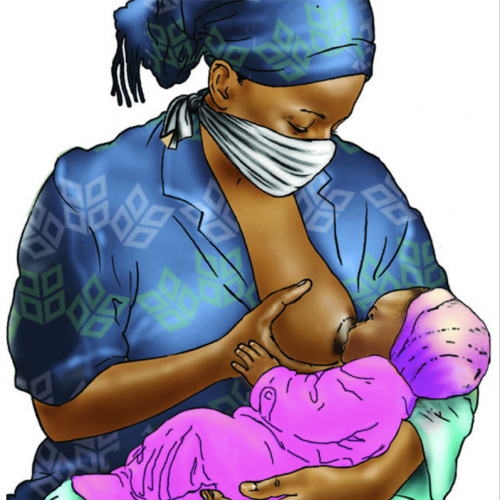
Infant and Young Child Feeding Recommendations When COVID-19 Is Suspected or Confirmed
This counseling package, developed by USAID Advancing Nutrition and UNICEF, provides easy-to-understand recommended practices for counselors and user-friendly graphics that can be used with low-literacy communities in different contexts.
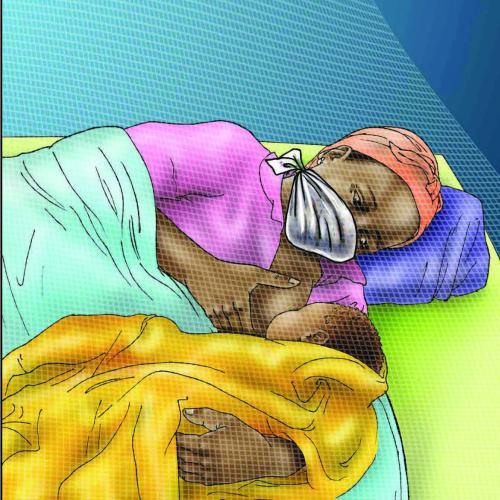
COVID-19 Infant Feeding Research Interest Group and Working Group
This group convenes scientists, agencies, and organizations to answer core questions about the transmission of COVID-19 via human milk/breastfeeding. This group meets monthly to discuss research and share evidence related to infant feeding practices and COVID-19.
Breastfeeding and COVID-19 Resources
Global Malnutrition Prevention and Treatment Act of 2021 Implementation Plan
- Knowledge Management
Improving Maternal and Newborn Health and Survival and Reducing Stillbirth— Progress Report 2023
- Nutrition and Health Systems
Building the Competency of Health Professionals in the Kyrgyz Republic for the Baby-Friendly Hospital Initiative
- Nutrition and Health Systems